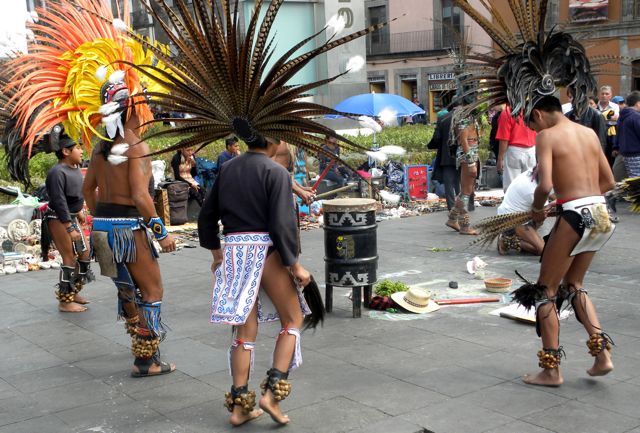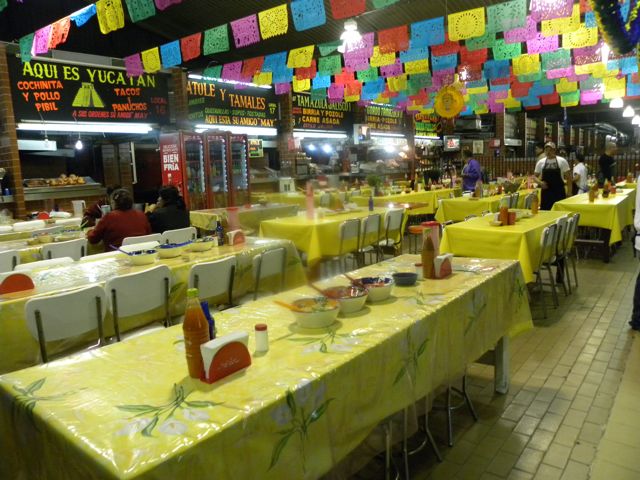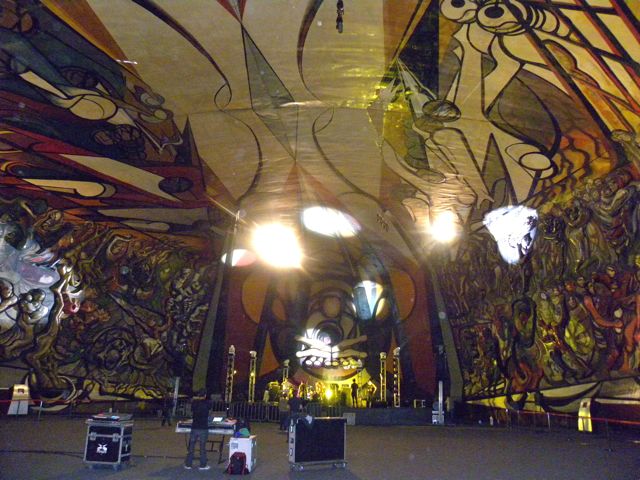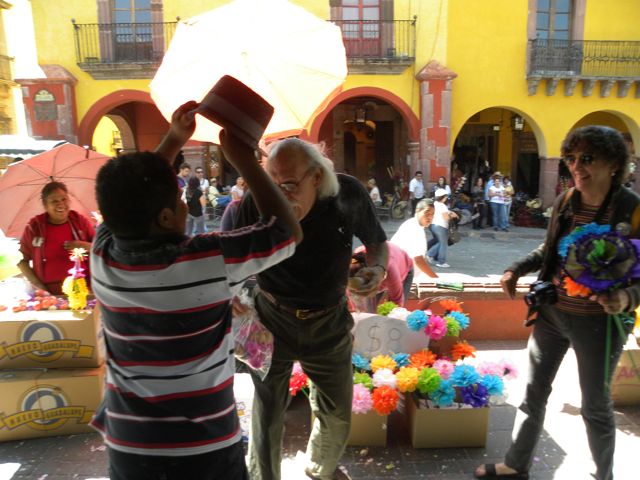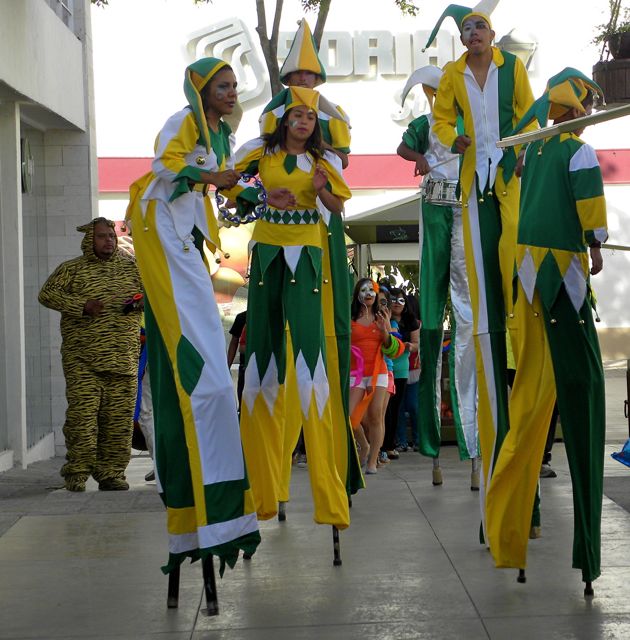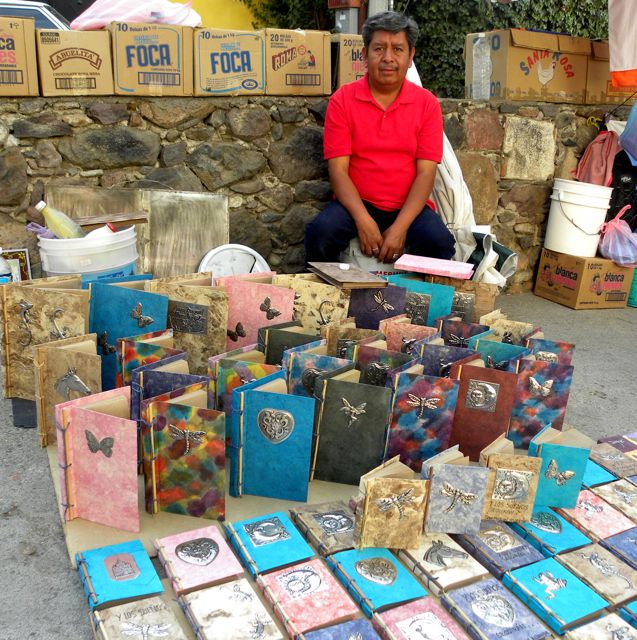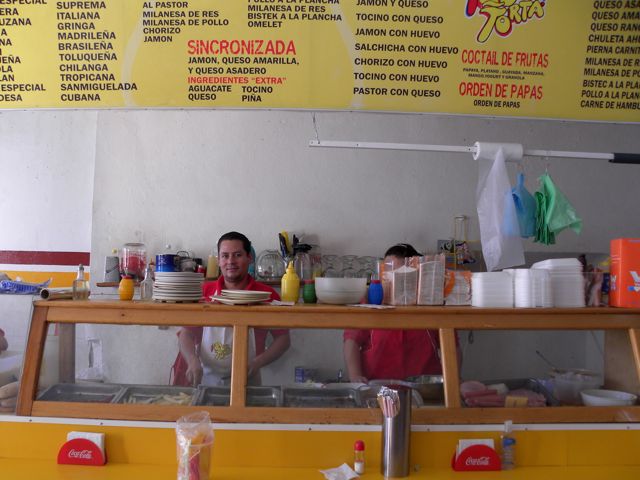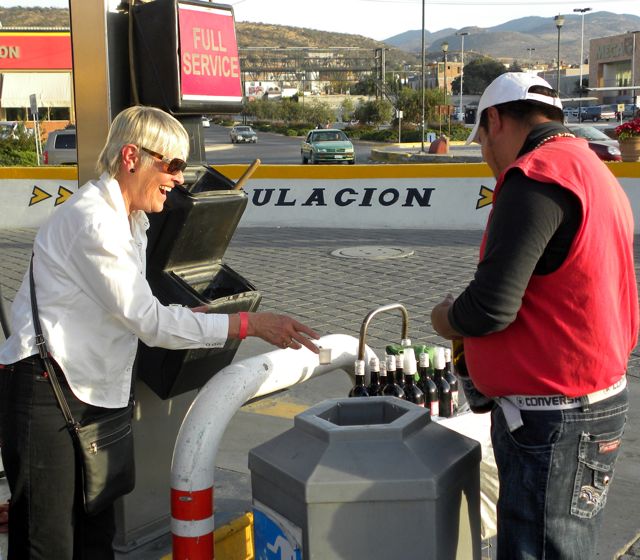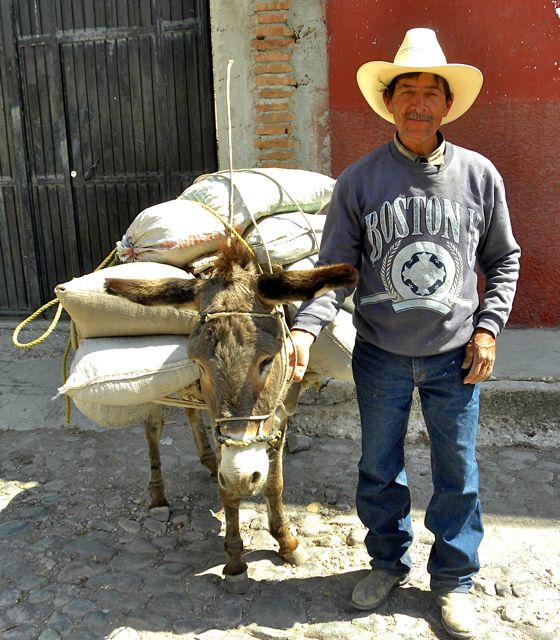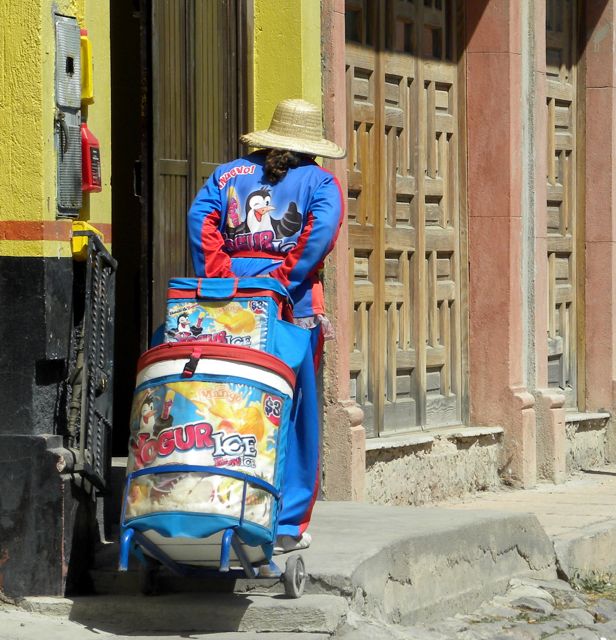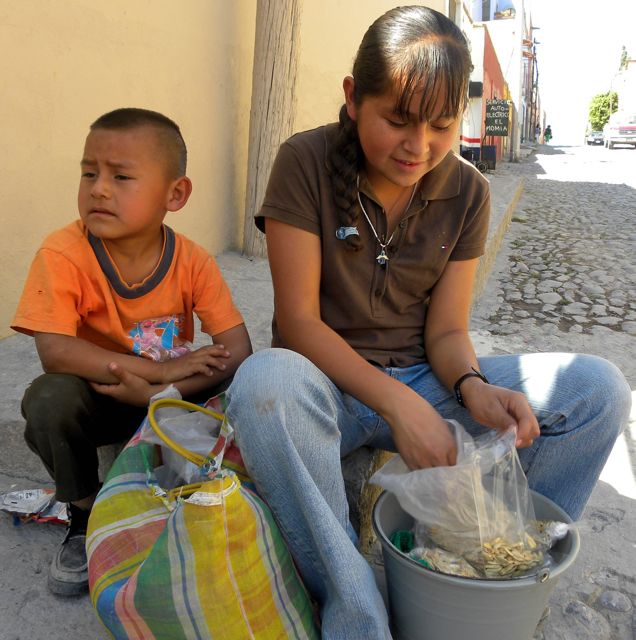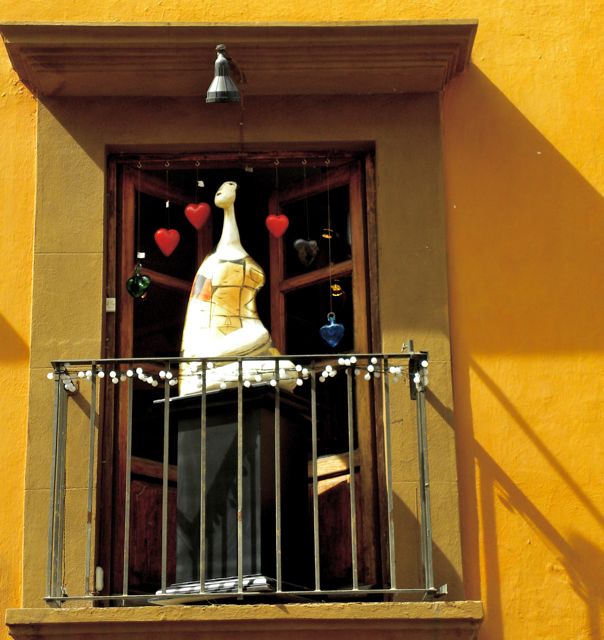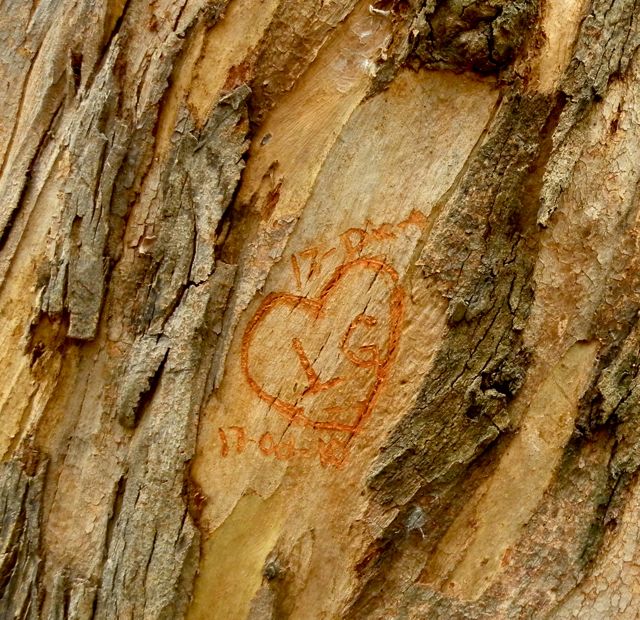This is an effort to combine in one place the various resource links and news concerning the Las Conchas Fire (Los Alamos area, northwest of Santa Fe) and the Pacheco Canyon Fire (northeast of Santa Fe in the Santa Fe National Forest). PLEASE ADD ADDITIONAL RESOURCES IN THE COMMENTS SECTION BELOW!
The smoke (and sometimes flames) of these fires are visible from and affecting Santa Fe, Tesuque, Española and surrounding areas.
As of the evening of June 27, 2011, the Las Conchas fire is of greatest concern, having grown to over 5,000 acres in one day since its inception and necessitating the evacuation of the City of Los Alamos (approx. 20,000 people) and the Los Alamos National Laboratories (LANL), of particular concern due to its nuclear production and waste facilities.
The overseas press seems to grasp the seriousness of this much better than the U.S.: From Britain’s Guardian Newspaper: Wildfire reaches Los Alamos nuclear facility (posted online at 8pm MST June 27). And a similar story from the BBC: Los Alamos nuclear lab: New Mexico fire reaches border
• Evacuation facilities are Big Rock Santa Claran Event Center and Camelrock Casino.
• Hutton Broadcasting swiftly organized an evacuees’ hotline for Santa Fe and surrounding area residents to offer shelter to people and animals. Their telephone: (505) 471-1067.
• Los Alamos residents can tune to radio 1610 AM for up-to-date info.
• Best, current information can be found at Twitter: http://twitter.com/#!/search?q=%23nmfire (search “#nmfire”)
New Mexico Fire Information – Updates morning and evening – see sidebars for Alerts on Air quality, evacuations, fire movement, storms, etc.
Fire Updates from Storify – provides info on food drop-off sites, resources for animals. See also SantaFe-dot-com for list of shelters for humans and animals, hotel discounts for evacuees and more.
Food Drop-Off Sites: Donations are being accepted by the Santa Fe Food Depot – you can drop them off at their location on Siler Road, in Santa Fe OR downtown Santa Fe at the Hotel St. Francis. Especially needed are food, water and toiletry items, no clothing is needed at this time.
Air Quality Reports and Smoke/Health Links – New Mexico Environmental Dept.
Santa Fe government site article and front page for updated news.
Santa Fe New Mexican Local Page – updates
An Albuquerque Journal article on background of Las Conchas fire and evacuation plans. Front page of The Journal has photos and no doubt worth checking back.
Links to public information about the Las Conchas fire from Los Alamos County – however page is having problems due to too much traffic.
Incident Information System tracks fires nationwide.
KRQE news is live-streaming video from the fire and posting updates on its site.
TELEPHONE NUMBERS
• Los Alamos County (505) 662-8333
• Santa Fe National Forest (505) 438-5321 or 438-5320.
• Air-quality questions: New Mexico Environment Department Air Quality Bureau 505-476-4300.
• Questions about health-related issues due to fire smoke: New Mexico Nurse Advice Line: 1-877-725-2552.
If you have other concerns and want to talk to a mental health professional, call
1-866-HELP-1-NM.

